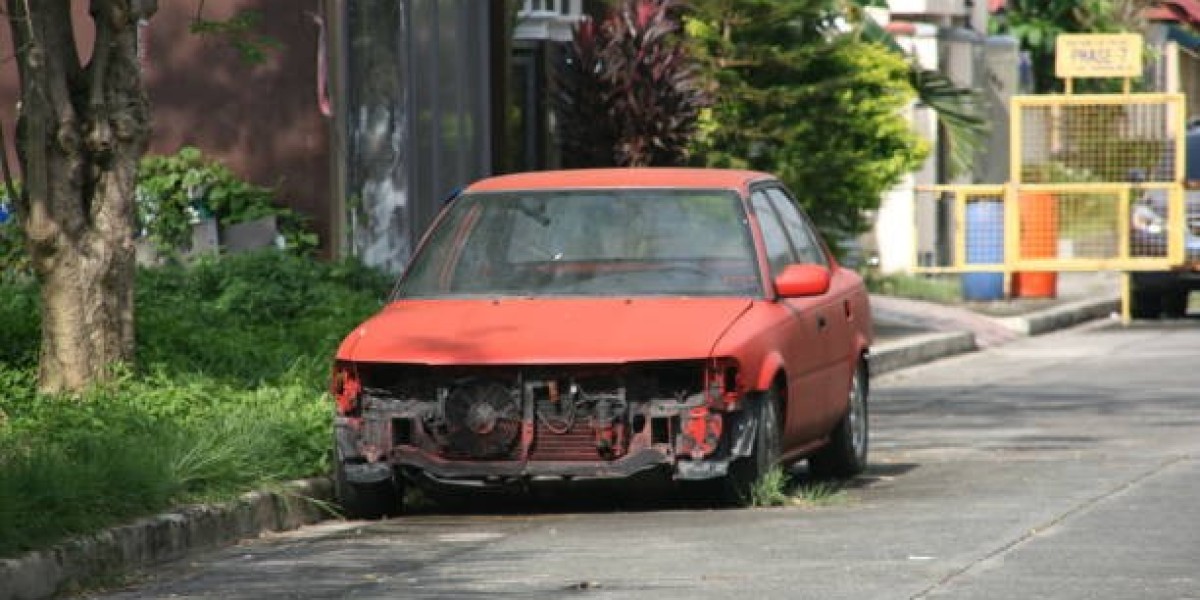A car that stops working suddenly can create financial stress, especially when repairs are expensive or time is limited. Many owners assume a non-running vehicle is worthless, but the truth is that it still carries significant value in parts, metal, and salvage. Understanding how different buyers assess these vehicles can help you make a smart and quick decision when you urgently need cash.
Understanding What Buyers Look For
Most professional car buyers evaluate a non-running vehicle based on its make, model, age, condition, and the resale potential of its usable components. Even if the engine is dead or the transmission is damaged, buyers may still find profit in recycling metal, selling parts, or refurbishing the vehicle. This means your car can fetch more than you might expect if you choose the right selling method.
When It Makes Sense to Sell Instead of Repair
Repairs can be costly, especially when the issue is related to major components like the engine or transmission. If the repair cost is higher than the vehicle’s overall value, selling becomes the practical choice. This option helps you avoid spending more money while still getting instant financial relief. Many sellers choose this path when they need immediate cash or simply do not want to deal with long repair timelines.
Fastest Ways to Sell a Car That Does Not Run
Selling privately can take time because many buyers want a test drive. A quicker approach is contacting wreckers, scrap car services, and professional car removal companies because they specialize in non-running vehicles. These services often provide instant quotes, handle towing at no charge, and finalize payment on the spot. The convenience makes them the preferred option for urgent situations.
How Inspections Work for Non-Running Vehicles
Unlike regular used cars, non-running vehicles do not require full mechanical inspections. Buyers typically check the exterior condition, interior quality, and overall structure to calculate the salvage value. They also inspect the vehicle identification number to ensure legal ownership. Since the car cannot be driven, the process is usually simpler and faster than standard evaluations.
What Documents You Need for a Smooth Transaction
The essential document for selling a non-running car is proof of ownership. This could be the registration certificate or any legal document that confirms the vehicle is yours. Removing personal belongings from the car and preparing your identification also speeds up the transaction. Buyers want to ensure the sale is legal and transparent, which protects both parties.
Getting the Most Money for Your Non-Running Car
To maximize your payout, compare offers from multiple car buying companies. Some buyers offer better prices for specific makes and models because certain parts are in higher demand. Sharing accurate details about the car’s condition also helps avoid price changes later. In many cases, you can improve the offer slightly by providing clear photos or mentioning recent replacements such as tires, battery, or interior upgrades.
Using Professional Removal Services for Convenience
Professional car removal services make the process easier by handling transport, paperwork, and payment in one visit. They do not require the car to start or move because they bring their own towing vehicles. This makes them ideal for cars stuck at home, broken down on the roadside, or left unused for months. Their ability to offer quick service helps you solve the problem without stress.
Why Many People Choose to Sell During Emergencies
Financial emergencies often require access to quick and reliable cash. A non-running car becomes an immediate asset that can be converted into money without long waiting periods. Whether it is for medical needs, rent, unexpected bills, or other urgent expenses, selling the vehicle provides a simple and realistic solution. This is why people often search for ways to Cash Out Your Vehicle in Minutes, especially when time is limited.
Preparing Your Car Before the Buyer Arrives
Even though the car is not running, a little preparation can help create a better impression. Removing personal items, gathering documents, and ensuring the car is accessible makes the pickup process smooth. You do not need to clean or repair the car, but basic readiness helps avoid delays and ensures a professional transaction.
What Happens After the Sale
Once the buyer picks up the vehicle, they handle transportation, recycling, or part reselling. You receive payment instantly based on the agreed amount. In most cases, you may need to notify your local authority or transport department that you have sold the vehicle. This step protects you from future responsibilities and ensures the car is officially transferred under new ownership.
Final Thoughts on Turning a Broken Car Into Quick Cash
Selling a non-running car is one of the simplest ways to handle unexpected financial pressure. Instead of letting the car sit unused or stressing over repair costs, you can turn it into instant money with minimal effort. By choosing reputable buyers, preparing basic documents, and comparing offers, you can complete the process quickly and confidently. A vehicle that no longer serves you can still become a valuable resource when you need it most.



